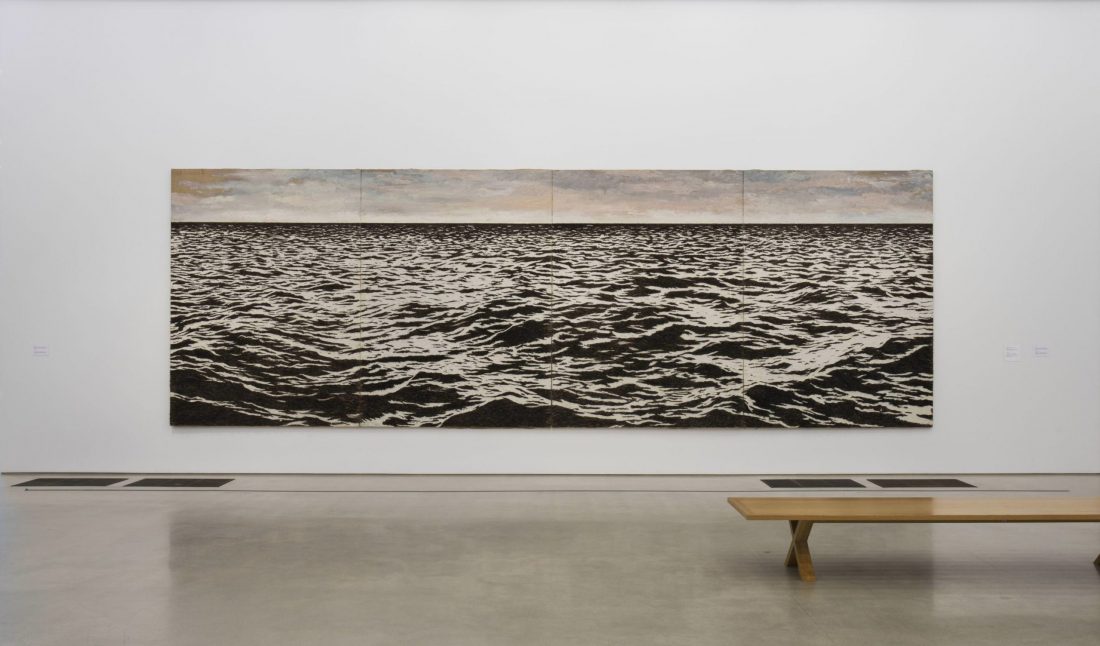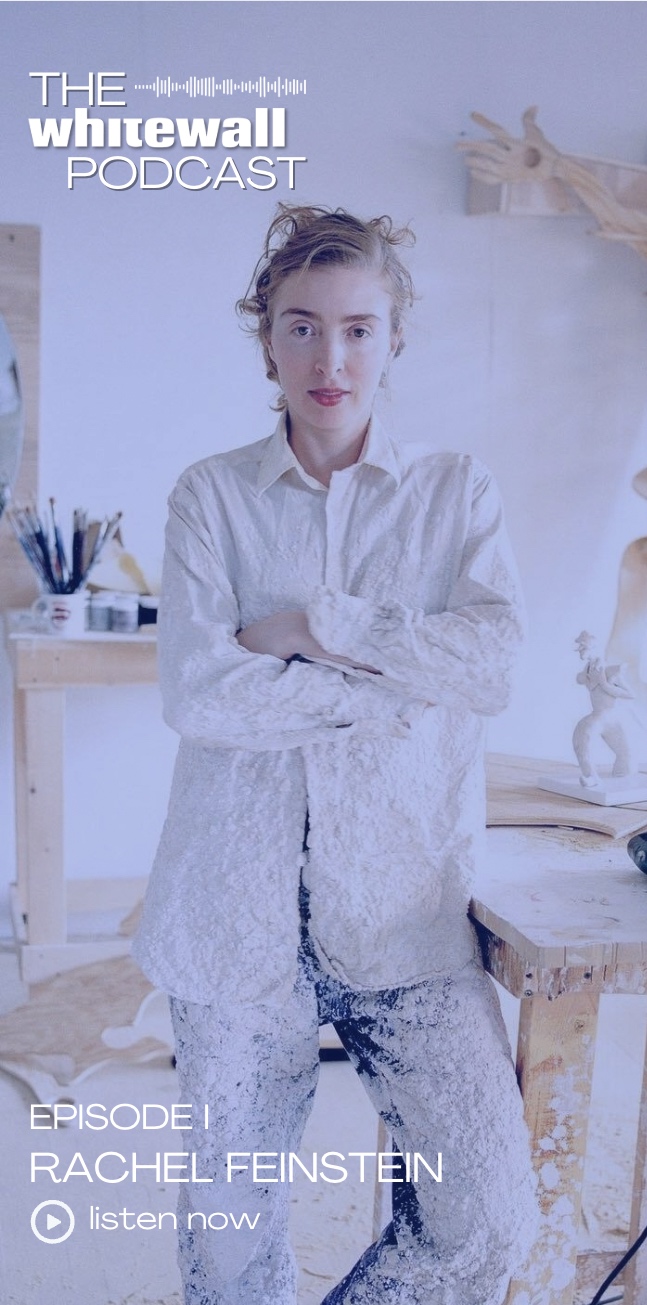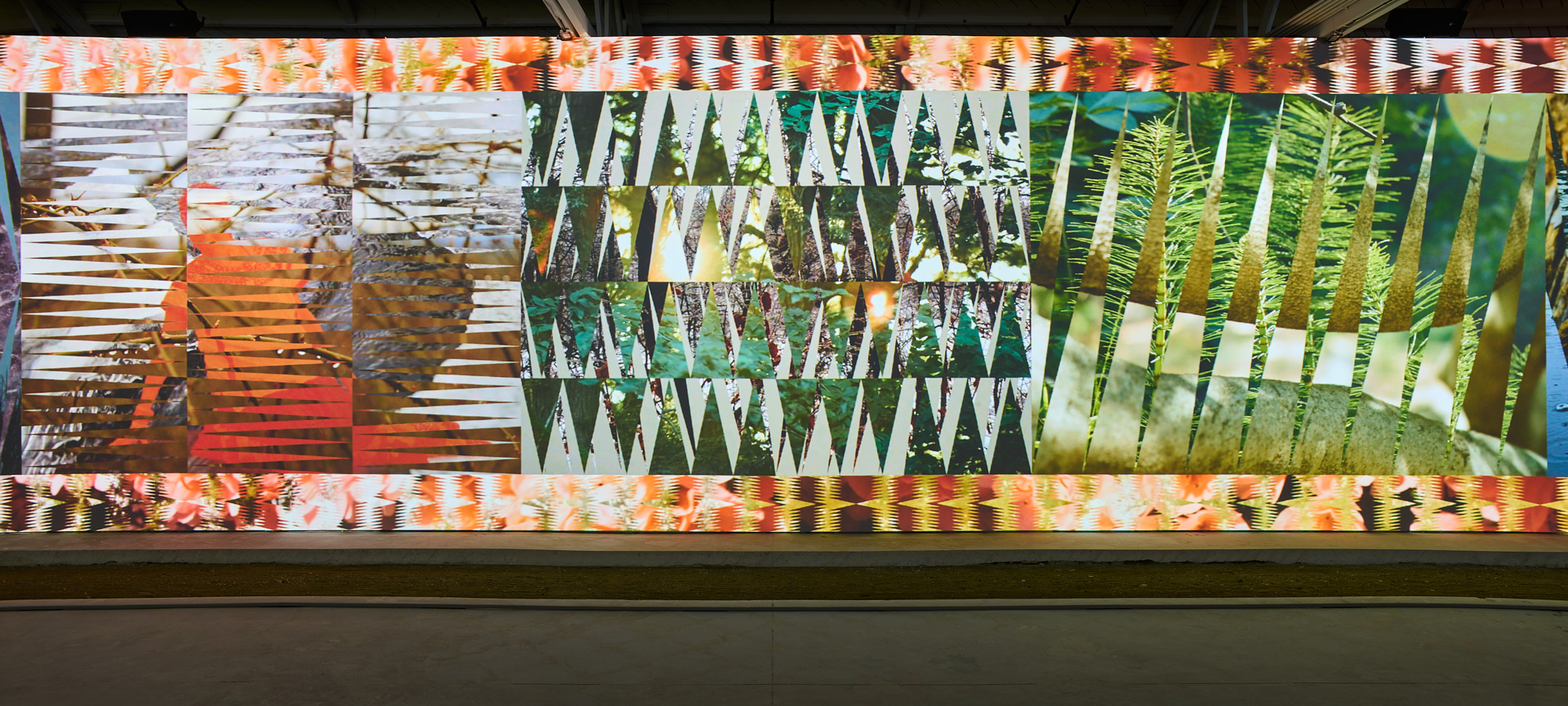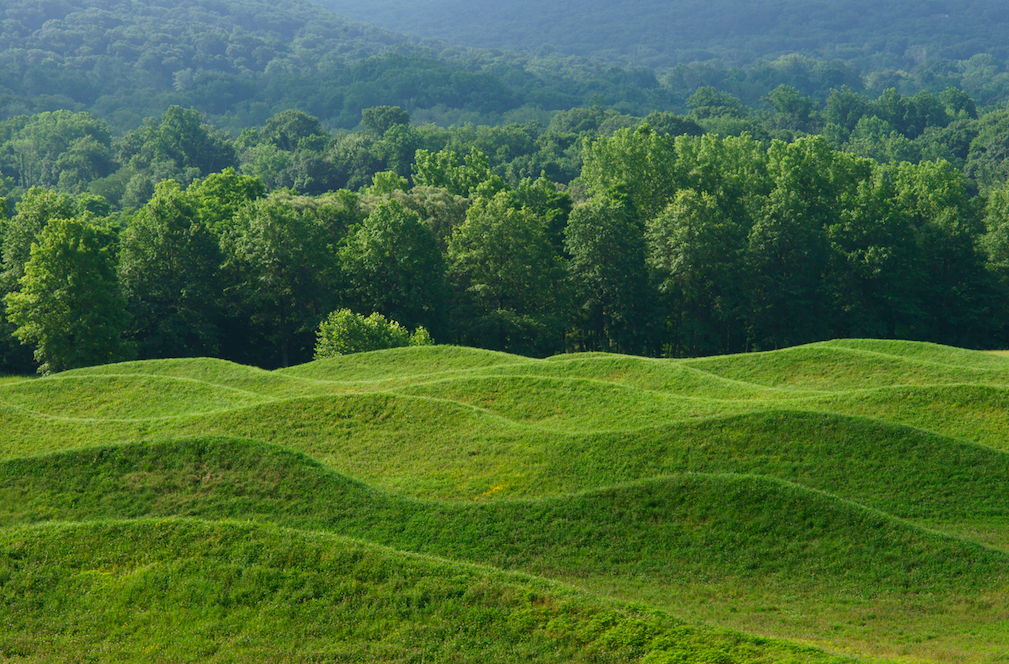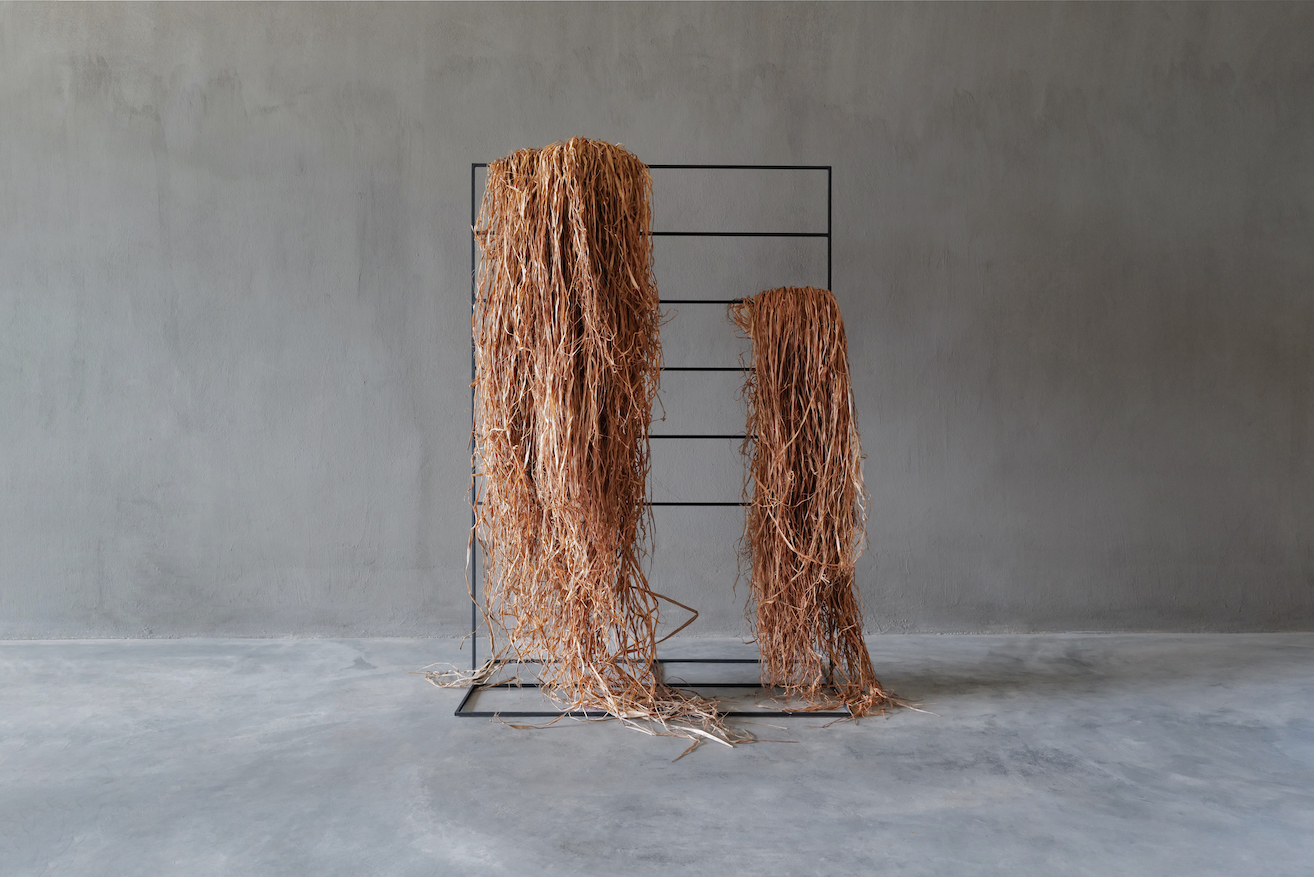Earlier this year, Rizzoli published Cuba Talks: Interviews with 28 Contemporary Artists. The book is written by curator, art critic, and artistic director Jérôme Sans and independent curator Laura Salas Redondo.
Over the course of 2017, following President Barack Obama’s visit to Havana the year prior, the pair had conversations with artists in their studios to offer a panorama of a generation of artists that came of age during a period of great political tumult in the 1980s. The result is a deep dive into a vibrant art scene, through the voice of artists like Abel Barroso, René Fransciso Rodríguez, Eduardo Ponjuán, Adrián Melis, and Reynier Levya Novo.
 Jerome Sans
Jerome Sans© Sam Samore
Whitewall caught up with Sans to learn more about the discoveries made in dialogue.
WHITEWALL: How and when did you decide to focus on Cuban artists?
 Elizabet Cerviño
Elizabet CerviñoConsumación (Consummation)
2015-2018
Glass bowls and rain water being filled
Variable dimensions
© Photo: Oak Taylor-Smith
Courtesy of the artist and GALLERIA CONTINUA, San Gimignano / Beijing / Les Moulins / Habana
JÉRÔME SANS: This project was born from my encounter with Laura Salas Redondo in Paris, an emerging and talented curator from Cuba. We found together that there was an urgent need for Cuba to acquire a visual and theoretical tool on this effervescent Cuban artistic scene that was still unknown to the outside world and difficult to understand.
Cuban artists who have an international recognition such as Tania Bruguera or Los Carpinteros, for example, are still just a few, and we thought it was really the moment to make light on this artistic scene and its strong identity.
 José Yaque
José YaqueTumba Abierta III,
2018
7500 glass bottles, water, plant residues
© Photo: Andrea Rossetti
Courtesy: the artist and GALLERIA CONTINUA, San Gimignano / Beijing / Les Moulins / Habana
Thus, by crossing our two visions of Cuban culture—from inside and outside—and our two generations, Laura and I selected the 28 artists gathered in Cuba Talks after a series of frantic meetings in their studios in Cuba held in the summer of 2017. We spent a long time in Cuba one year after Barack Obama’s historic visit to Havana with Raúl Castro on March 20, 2016, announcing the political rapprochement between Washington and Cuba, in order to develop the premises of what this book would become. To convey the extreme vitality of this artistic scene, the text has been rapidly shaped within a period of one year, through a steady dialogue between artists from different cities like Havana, Miami, Madrid, Barcelona…
WW: As you say, this is an art scene not as widely known. Can you paint a picture for us?
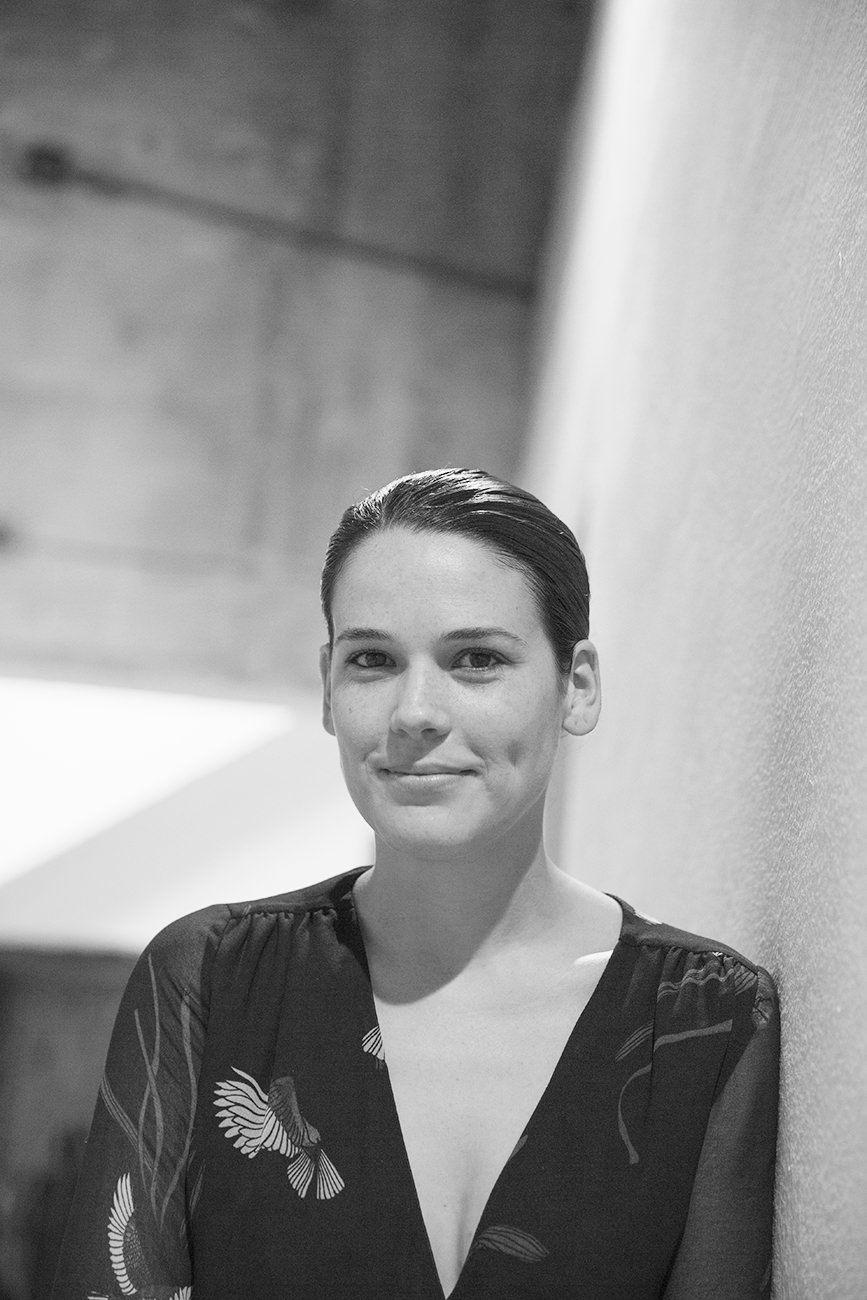 Laura Salas Redondo
Laura Salas Redondo© Gabriel Bianchini
JS: It is a very dynamic and dense art scene that, despite its geographical isolation, has managed to develop a context of incredible vitality over several generations. There is a generosity between these artists who exhibit each other’s work, find ways to make projects or exhibitions and open residencies. For example, Leandro Feal, an artist who works with photography, has created a portrait of all the artists for the book. It is for these reasons that Laura and I wanted to share this tremendous vitality.
It was a question of making a panorama, a very broad vision of this rich and complex scene. This is why Cuba Talks is articulated around 28 figures from two generations of painters, photographers, video artists, sculptors, architects, performance artists. This exploration of the Cuban art scene begins from the 1980s and continues with the advent of a new generation in the late 1990s and early 2000s. Only a few Cuban artists have managed to develop an international career over the past three decades, but a vivid scene emerged the island with a renewal of energy that has continuously increased. Whether they have remained in Cuba or experienced living and working abroad, these artists continue to be considerably tied to their roots. They have played a major role on Cuban cultural renaissance, while engaging with more universal themes and a wide variety of mediums. With great subtlety, they approach the difficult question of memory and history but also of openness to the world and to other models.
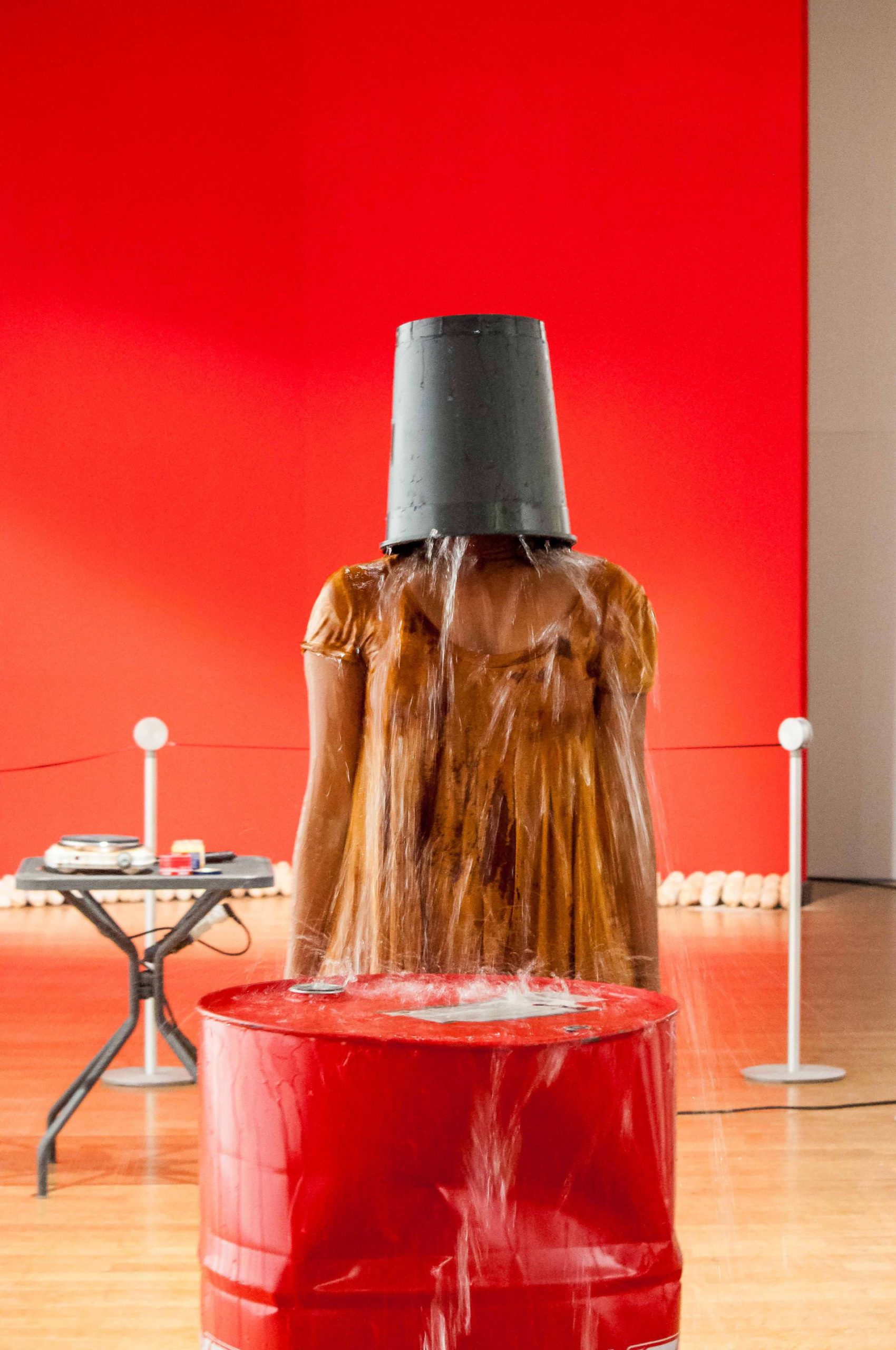 Susana Pilar Delahante
Susana Pilar DelahanteEl Tanque (The Tank)
2015
Performance in collaboration with Asunción Matienzo Serra, 2 hours
© Photo: Ana Maria La Mastra
Courtesy of the artist and GALLERIA CONTINUA San Gimignano/ Beijing/ Les Moulins/ Habana
WW: Can you tell us more about the political and social atmosphere this generation of artists came of age in?
JS: In the 1980s, Cuban contemporary art scene emerged with a generation of artists who took position against a series of historical events, from the Fidel Castro regime to the “Special Period in Times of Peace.” These decades have demonstrated the fragility of a political utopia based on the illusion of social development.
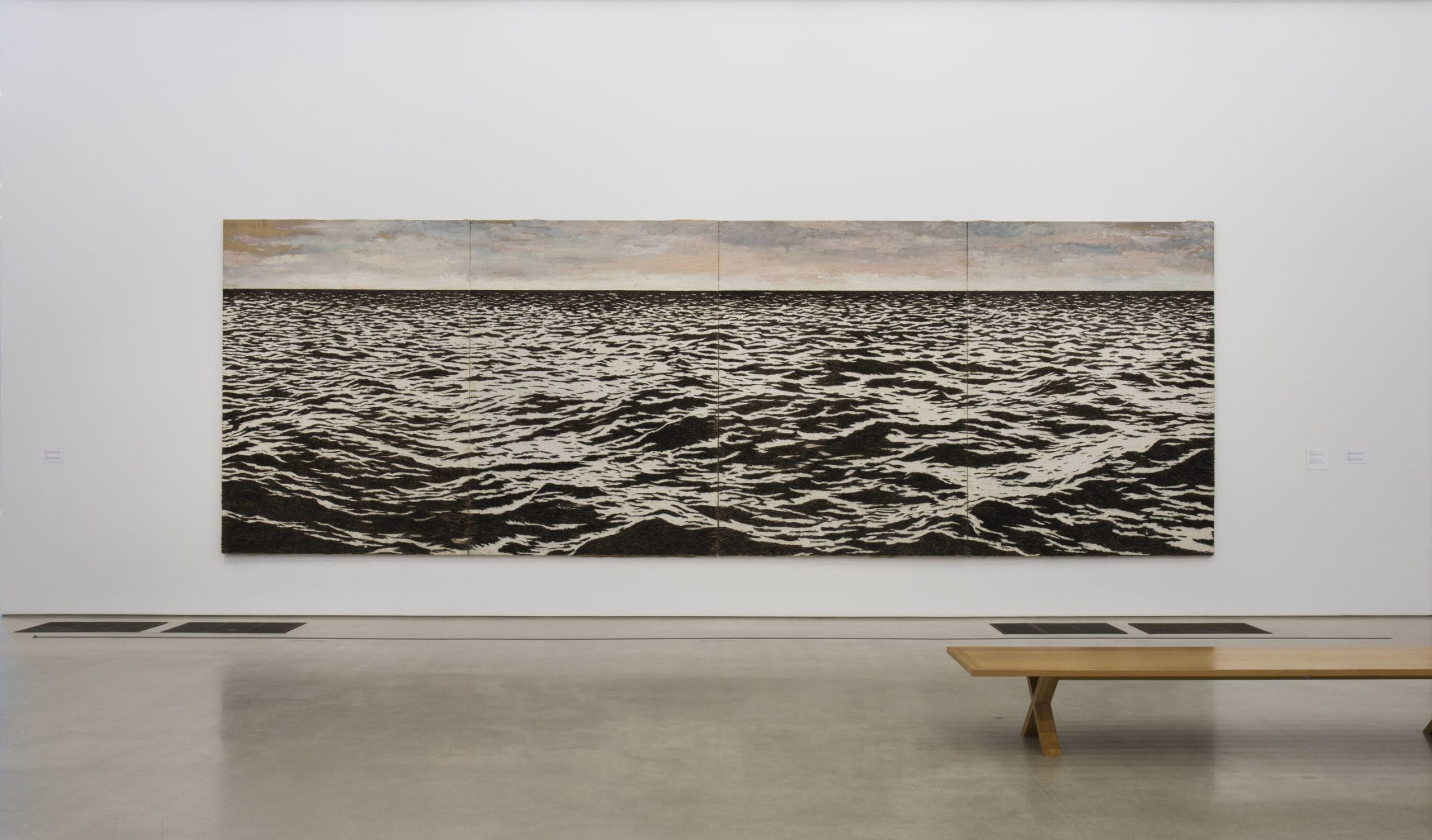 Yoan Capote
Yoan CapoteIsla (See-Escape) (Island-See-Escape)
2010
Oil paint, oil, nails and thousands of fish-hooks in jute, mounted on wood and plywood panels
269 x 800 x 10 cm
Pérez Art Museum Miami Collection
Courtesy of the artist and the Pérez Museum Miami
In 1989, just after the collapse of the Eastern bloc, and in December 1991, after the dissolution of the USSR, the Cuban economy began to decline. It was a true social catastrophe that has involved drastic measures and unprecedented austerity, as well as massive interruption of supplies of goods and fuels, daily power cuts, scarcity of resources and materials, and the decline of local cultural institutions. In total contrast with the socialist principles defended by Castro, a new world emerged, the “Special Period”, with a series of reforms in its wake.
The implosion of Cuba and its substantial changes in social relationships experienced by artists, have become a predominant source of inspiration. In these times of scarcity, a second generation of artists emerged. In spite of the political and social context, the emergence of these two generations has also been favored by the apparition of the Havana Biennale in 1984. This cultural event allowed a closer interaction between Cuban art and the outside world, highlighting an art called “from the periphery” long before other voices were raised for a more cosmopolitan vision of art.
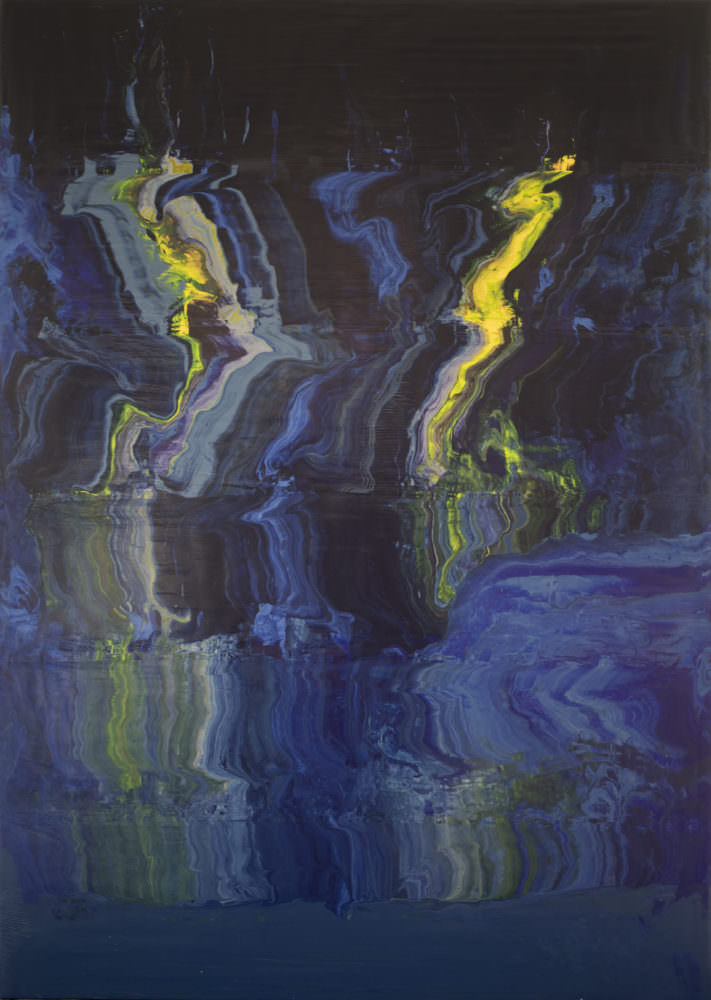 José Yaque
José YaquePrusia – Phtalo I
2018
Acrylic on canvas
225 x 160 cm
© José Yaque
Courtesy of the artist and GALLERIA CONTINUA, San Gimignano / Beijing / Les Moulins / Habana
WW: How has the reopening of diplomatic relations between Cuba and the US affected these artists’ practice?
JS: In the last decade, Cuba has been the object of unprecedented fascination in the political, cultural and tourism spheres. Artists are now venturing towards a still unpredictable reality with the gradual opening of borders and a fragile reconciliation with the United States, initiated under the presidency of Barack Obama and now threatened with the rise to power of Donald Trump in January 2017. It occurs within a slow process of rapprochement conceived shortly before the death of Fidel Castro on November 25, 2016.
It is clear that the promise of economic openness is changing the cultural landscape of the capital with the arrival of new sponsors and tannic collectors of new private and alternative exhibition spaces, able to compete with official institutions are flourishing.
Following the example of their elders, who travelled and left their native country, the younger generation, more conceptual and globalized, sought to establish themselves on the international art scene at an early stage, while maintaining active relationships with local artistic institutions. Through the fusion of global and local scales, this generation has managed to integrate international art circles and expand their horizons.
WW: Can you share a couple insights from your conversations that perhaps surprised you or have stuck with you?
JS: From the conversations we had Laura and I with the artists, I was marked by the impact of the Cuban socio-historical context on these artists who explore in depth the interactions between art and society, particularly through the blind spots of the notions of utopia and dystopias such as Los Carpinteros or Abel Barroso, who open new thresholds of sociability, as well as in the works of René Fransciso Rodríguez and Eduardo Ponjuán, who analyze the context of socialist realism and the social impact of art.
This historical context also dominates Reynier Levya Novo’s work: he manipulates historical archives to penetrate the myths and shadows of history, while in an increasingly social dimension Adrián Melis addresses the complex problems of the conditions of Cuban workers. All of them directly address local issues to which they have been comforted, although their work resonates wide beyond Cuba’s borders. It reflects on the way in which Cuban history has affected artists and determined the dimensions of art on the island, how it has developed over the last forty years and what its reception has been like on the international art scene.
WW: Is there a commonality between the artists you could share?
JS: The artists gathered in Cuba Talks do not form one group, but they are interconnected by their various points of view. A reason for a certain commonality between them could be fine in the insular nature of Cuba which has long been the center of traditional local artistic culture marked by xylography, wood engraving, a culture of recycling, and a figurative and realistic pictorial tradition, supported by the Cuban Socialist government. The new generation has freed itself and renewed traditional artistic codes, exploring a greater variety of artistic mediums in a climate of radical experimentation, while modernizing some local traditions.
The other reason for a commonality is that most of these artists were trained in the Higher Institute of Art (ISA) in Havana, the most important center of art studies in Cuba, created in 1976 and some of the first-generation artists had become the teachers of the second generation.
Otherwise, from a thematic point of view a number of them map the contours of a transnational and dystopian aesthetic, while offering a great diversity of responses to the historical swings, clarifying both the fantasies and the disappointments contained in the idea of utopia. Most of them chose to focus on more universal themes such as daily life, emigration, identity, the consequences of globalization, the oscillation between past and future and the breaking of social and political taboos.
They also share their true commitment to an artistic career, dedicating their lives to their work. It was a fabulous human and cultural adventure that we shared with Laura and all the artists.







